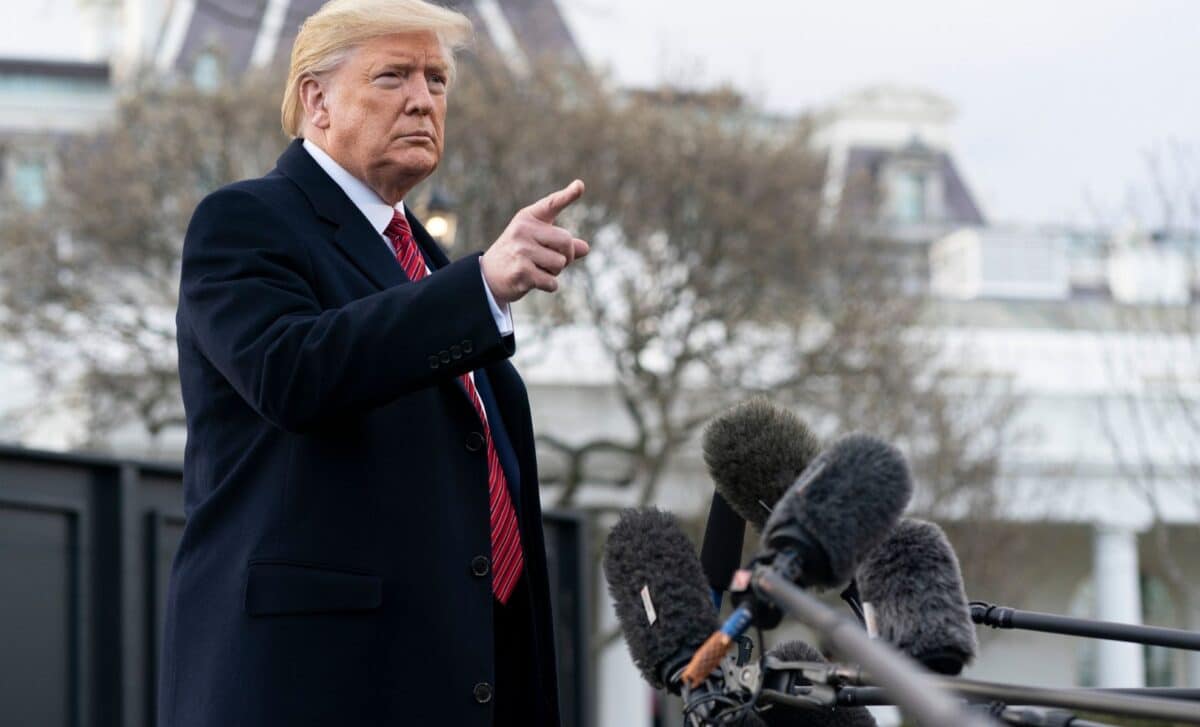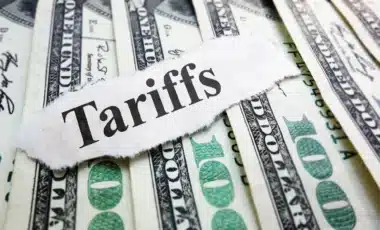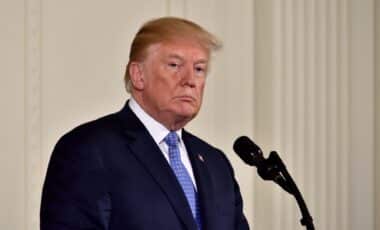The United States and China have reached a framework agreement to re-establish the flow of rare earth minerals and industrial magnets, following months of heightened trade tensions and export restrictions.
President Donald Trump confirmed that the deal, pending final approval by both governments, includes Chinese guarantees of immediate shipments and the lifting of bureaucratic barriers.
The agreement comes after rare earth shortages disrupted US manufacturing and defense sectors, with several plants experiencing slowdowns or halts. The restoration of these critical imports is expected to provide short-term relief to affected industries, though uncertainty remains about the long-term stability of the trade relationship.
Rare Earths Supply to Resume Amid Export License Backlog
Under the terms of the deal, China will supply rare earths and magnets “up front”, as confirmed by President Trump on his Truth Social account and echoed by US Commerce Secretary Howard Lutnick.
The trade framework is aimed at unblocking critical materials that had been delayed by new Chinese export licensing requirements. According to Chinese customs data, shipments of rare earth magnets to Germany alone fell by 50% between March and April due to these measures.
In Washington, officials cited the strategic importance of these elements, especially for defense manufacturers and automotive producers.
According to CSIS researcher Gracelin Baskaran, rare earths like samarium, entirely controlled by China, are essential to technologies such as F-35 fighter jets, smart bombs, and nuclear submarines. The recent supply bottlenecks had pushed companies such as Lockheed Martin and Ford to reduce or suspend production.
The decision to resume exports follows pressure from both the US administration and allied governments, amid growing concerns about China’s dominance in the rare earths supply chain, where it processes nearly 90% of the world’s output.
While the licensing backlog is expected to be addressed in the coming weeks, Beijing reportedly continues to impose six-month validity periods on export permissions, allowing it to retain leverage in future negotiations.
Tariff Structure Adjusted in Renewed Truce
The agreement also resets tariff rates agreed in the Geneva truce in May. According to a White House official, the United States will maintain a 55% composite tariff on Chinese imports, combining previous levies with new duties tied to fentanyl trafficking and existing trade disputes. In return, China will apply a 10% tariff on American goods.
This comes after both sides accused each other of violating the May accord, with the US citing stalled rare earth shipments and Beijing criticizing tighter controls on semiconductors and student visas. According to reports, the US has now reversed plans to cancel Chinese student visas as part of the concessions.
Despite the agreement, analysts remain cautious. Terry Haines, founder of Pangaea Policy, noted that the deal’s scope is “very limited” and primarily re-establishes the status quo. The framework may provide temporary relief for markets, but broader questions about long-term US-China trade stability and strategic autonomy in mineral sourcing remain unresolved.









